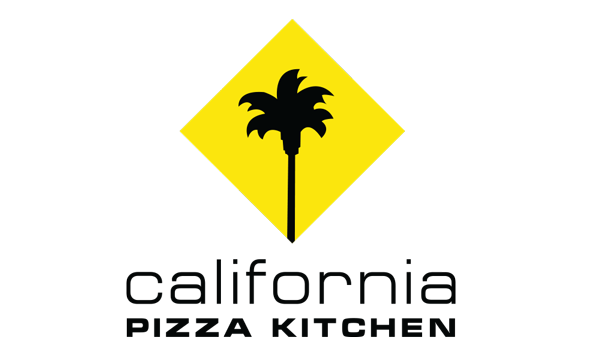
Your Message Matters!
More than ever before, organizations are focused on their messaging strategy. This is includes: communicating your mission and vision, building brand awareness and telling your story. Your company’s messaging strategy should include a positioning statement and a series of key supporting points that convey your value proposition and core benefits. When properly executed, your messaging strategy serves as a roadmap to guide your company around the common obstacles found along the path to increased market share and brand recognition.
Start with a Positioning Statement
Every message strategy should be built on a positioning statement that soundly communicates your company’s offering, as it will be the central theme for all future marketing activities. Your positioning statement should be simple, unique and believable and speak to your target audience.
Support Your Position
While the positioning statement articulates a high-level, abstract benefit, the claims made by support points should be readily demonstrable, as they will reinforce the position statement and unfold your company’s central theme with more detail. They should be as specific as needed in order to form a foundation for all subsequent product, service and organizational communications.
Here are ten steps that will guide you on the path and maximize your communications approach:
1. Tell Your Story: Your story should speak directly to your market and embody your offering. Tell them who you are, why you’re better, what you believe and – above all – why they should care.
2. Know Your Market: The better you understand the dynamics of the market(s) you serve, the more your targeted message will resonate creating stronger business results.
3. Integrate Your Brand: As with all marketing activities, your company’s brand identity needs to be integrated into its message strategy.
4. Less is More: Your greatest challenge will to be condensing your whole message into simple, concise phrases that will represent your offering. Choose wisely, be direct and you will be remembered.
5. Be Creative: In many cases, a strong creative strategy will get you noticed and more importantly, remembered. Be innovative in your approach incorporating new ideas and tactics to get noticed.
6. Wide Ranging: Marketing strategies should work across all mediums, whether you’re planning on using them or not. These include online/digital, print, electronic among other medium.
7. Structure It: Messages should fit within a particular “architecture” and structure and should have a hierarchy of key messages.
8. Be Clear: Concepts that are complicated have no place in a company’s message strategy. They should be simple, direct and written so your target audience can understand them easily and fast.
9. Be Persuasive & Consistent: A persuasive message delivers the relevant, rational and emotional arguments necessary to motivate your target audience to act. This message should be repeated constantly, keeping in mind that – since you hear it daily – you may tire of it long before your prospective customers do.
10. Believability: The information contained in your message must be credible; otherwise your target audience will either consider it personally inactionable or irrelevant. Be true to your market and your brand and you will succeed!
Our changing economy presents a perfect time to review your messaging strategy to ensure it still speaks both for your company and to its target audience. The Next-Mark team has guided numerous organizations in developing their messaging strategy and implementing formal marketing, business strategy and communications plans.








